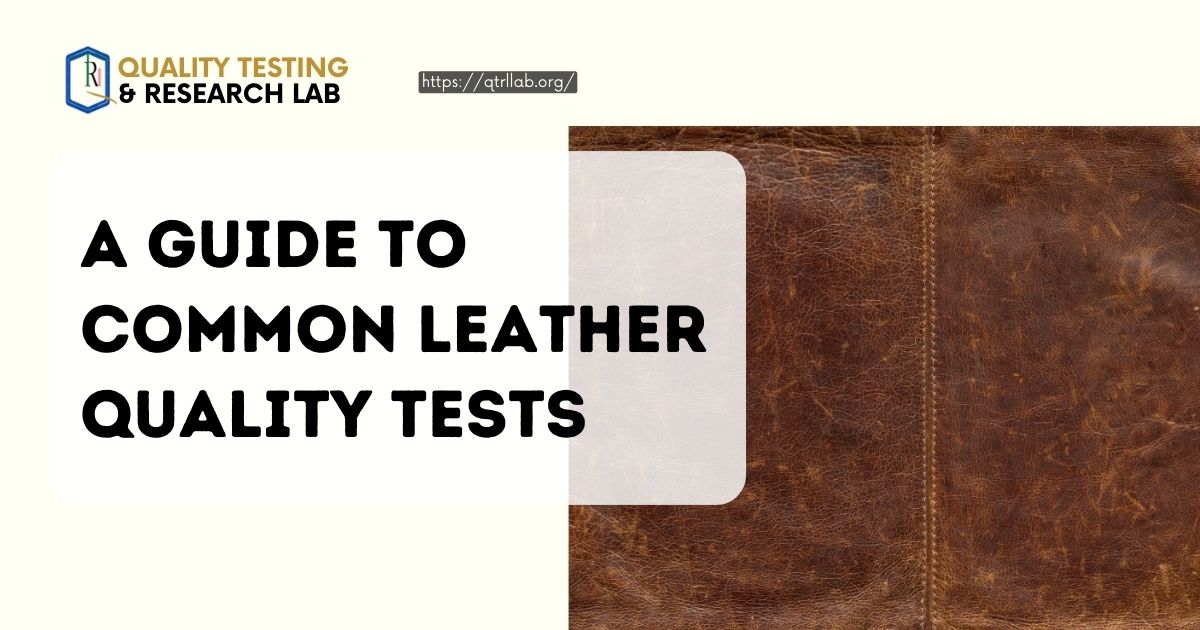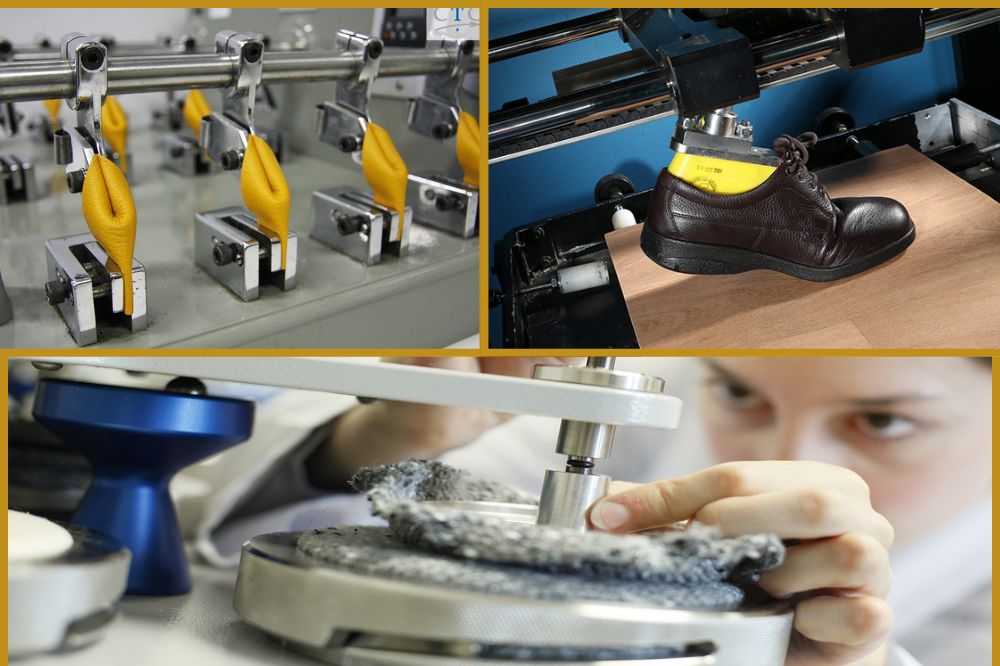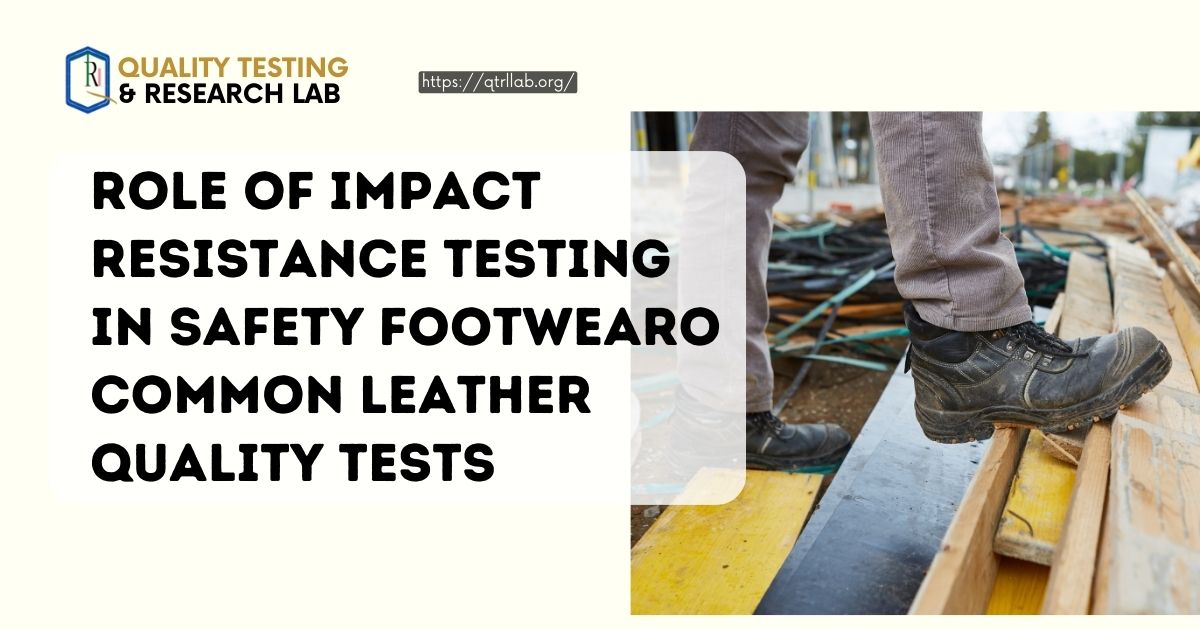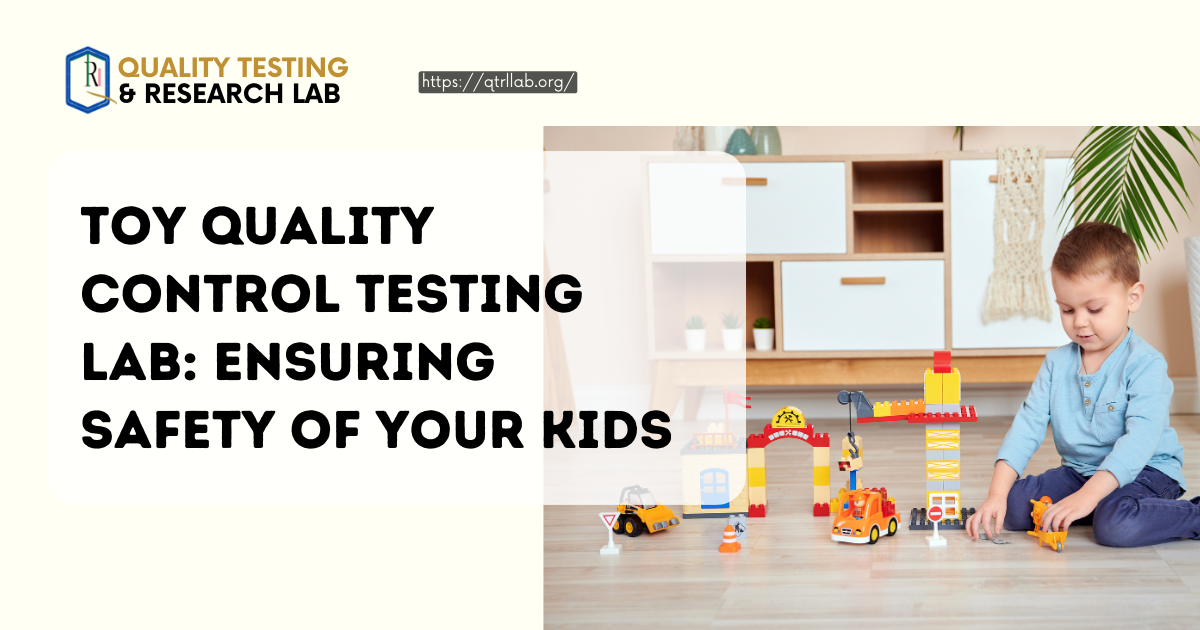Leather, a timeless material prized for its durability, beauty, and natural feel, deserves a closer look when it comes to quality. But how can you tell the difference between top-notch leather and its less impressive counterparts? Thankfully, a variety of tests exist to ensure you’re investing in the real deal. This guide dives into some of the most common leather quality tests, empowering you to make informed decisions:
1. Visual Inspection:
This initial assessment sets the stage. Experienced inspectors examine the leather for:
- Grain Consistency: A uniform and natural grain pattern indicates higher quality.
- Color Depth: Rich, consistent color suggests proper tanning and dyeing processes.
- Surface Defects: Scratches, scars, or insect bites may indicate lower grade leather or damage during processing.
2. Hand Feel:
Leather should feel soft yet firm, with good elasticity. It should drape well and conform slightly when squeezed. Red flags include:
- Stiffness: This suggests poor tanning or the use of fillers.
- Greasiness: This may indicate improper finishing or the use of low-quality oils.
- Excessive Softness: This could be a sign of heavy chemical treatments or over-processing.
3. Tensile Strength Test:
This test measures the leather’s resistance to pulling force. High-quality leather will have excellent tensile strength, ensuring it can withstand everyday wear and tear without tearing.
4. Tear Strength Test:
Similar to the tensile test, this measures the leather’s resistance to forceful ripping. This is particularly important for items like bags and wallets that experience stress on seams.
5. Colorfastness Test:
Exposure to sunlight, rain, or sweat can cause some leathers to fade or bleed color. This test ensures the color remains vibrant and doesn’t transfer to other materials.
6. Chemical Analysis:
This advanced test identifies the leather’s chemical composition. It can reveal the tanning process used, the presence of harmful chemicals, or the use of fillers that compromise quality.
7. Flammability Test:
Leather should exhibit a certain level of flame resistance for safety purposes. This test ensures the leather meets safety regulations and won’t easily ignite.
Beyond the Tests:
Understanding the different types of leather (full-grain, top-grain, genuine) is also crucial. Full-grain leather is generally considered the most luxurious and durable, followed by top-grain. Genuine leather can vary significantly in quality.
The Benefits of Leather Quality Testing:
By undergoing these tests, manufacturers can ensure their leather products are:
- Durable: They will withstand daily use and last for years.
- Safe: They won’t contain harmful chemicals or pose a fire hazard.
- Colorfast: They will maintain their vibrant appearance.
- Authentic: They are genuine leather and not a lower-quality substitute.
As a consumer, understanding these tests empowers you to make informed choices. By seeking out leather products that have undergone rigorous testing, you can invest in pieces that are not only beautiful but also built to last.
Remember: When shopping for leather, don’t hesitate to ask retailers about the type of leather used and if it has undergone any quality testing. This knowledge will ensure you get the luxurious leather experience you deserve.





